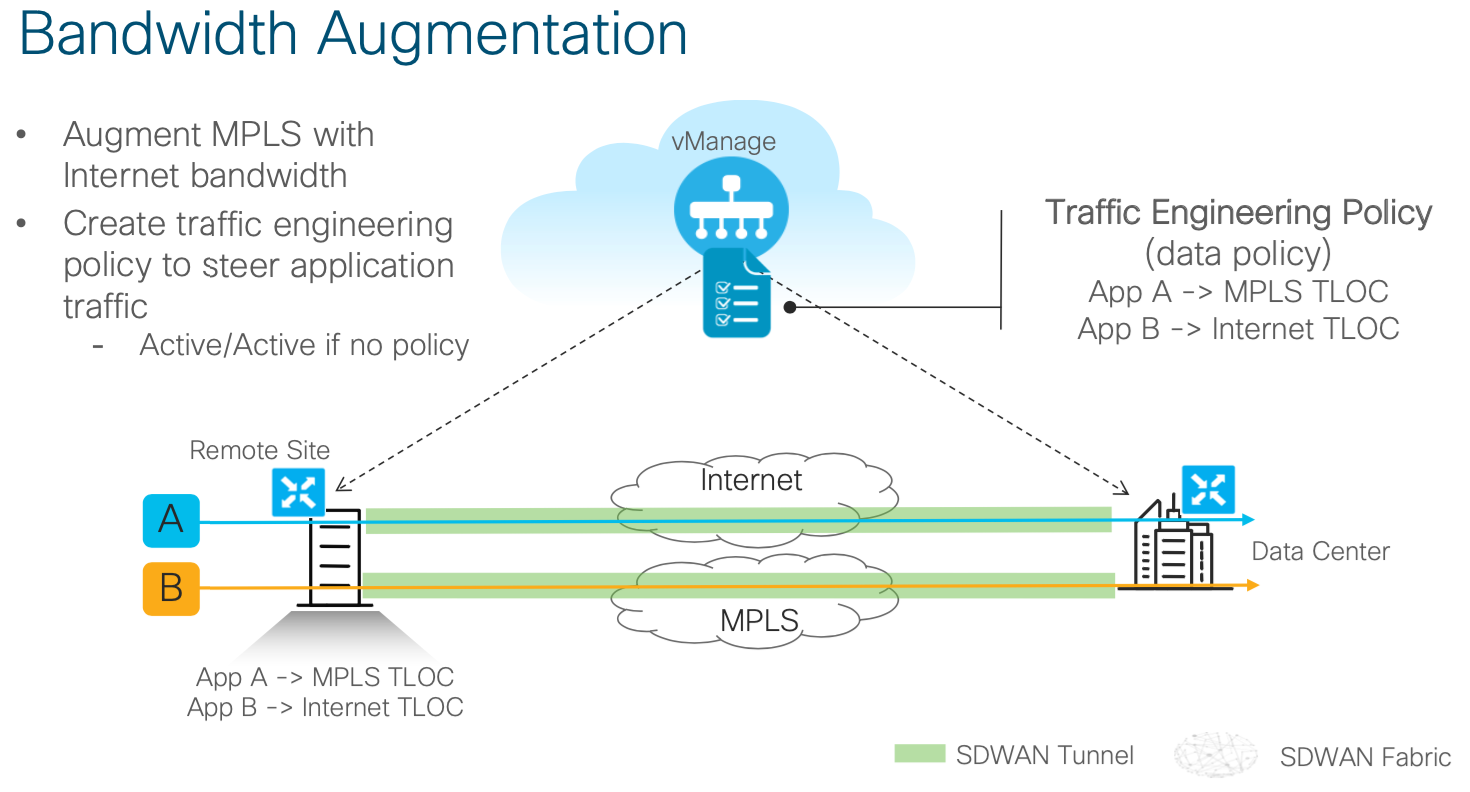
Guest Author:
Dan Faules, Leader, Systems Engineering at Cisco
For Federal agencies, Enterprise Infrastructure Solutions (EIS) has provided a comprehensive, solution-based method to address their IT telecommunications and infrastructure needs. Over the years, EIS has seen many changes that directly impact stakeholders. But its primary purpose as a key driver for the digital transformation of enterprise telecommunications and networking solutions remains unchanged. Yet many agencies, such as Networx and WITs, face contract expirations on May 31, 2023. To maintain momentum for digitization, Federal agencies must begin the transition now by strategically mapping how and where it should start.
What’s next for Federal Digital Transformation?
For decades, Cisco has built a strong relationship with the U.S. Federal Government. Our portfolio of products, solutions, and services provide Federal agencies with the critical technology and support they need to enable the transformation of their networks within the EIS contract.
By leveraging these existing contracts, agencies are reducing costs and acquisition time. They’ve been able to digitize aging systems and catch-up to the private sector in capabilities. But now what? Which direction should Federal agencies go as they transition contracts within EIS? The simple answer: Cisco SD-WAN.
Beyond EIS with SD-WAN
Cisco SD-WAN is the premier choice for replacing expensive and aging legacy WAN. Federal agency networks leveraging Cisco’s SD-WAN solution can benefit from:
- Enhanced user experience
- Reduced costs
- Simplified operations
- Improved performance
- And robust security.
Cisco SD-WAN enables more efficient bandwidth allocation, powering critical applications to faster, smoother performance. This capability is now a necessity as Federal agencies move to cloud services and witness an explosion of app-wielding users connecting remotely.

Wi-Fi6 for the Federal Government
The transition in EIS contracts also provides Federal agencies with the opportunity to rethink their adoption of new and emerging technologies. One example is Wi-Fi 6. It builds on earlier Wi-Fi standards to provide Gigabit Ethernet Access – but with the reliability and predictability that comes from a licensed radio.
Cisco Wi-Fi 6 Solutions let users of modern, more agile networks benefit from new capabilities while connecting wirelessly. Cisco’s Wi-Fi 6 gives access points the power to support more clients in dense environments, plus it provides a better experience for users of typical wireless LAN networks.
Partnering for the future of EIS
In late 2021, the General Services Administration (GSA) issued a Request For Information (RFI) seeking comments to modify the EIS contract so that agencies can more quickly obtain mobility-as-a-service (MaaS) offerings (starting in late 2022). This expansion of EIS would allow for the use of 5G and bring the benefits of edge compute to the government workforce.
At Cisco, we’re also planning to provide additional capabilities to the U.S. Government, including 5GaaS capabilities. This could be a game-changer, enabling the U.S. Government to take advantage of mobility services.

For Federal agencies, the transition in EIS contracts provides a unique opportunity to leverage innovative technologies that can maximize network agility and security while enhancing workforce productivity.
At Cisco, we understand this and are helping shape the future of government with products, solutions, and services that empower agile networks, enhanced collaboration, and a holistic security approach. By preparing now, your agency can leverage the upcoming EIS transition to help shape that future.
Additional resources

CONNECT WITH US